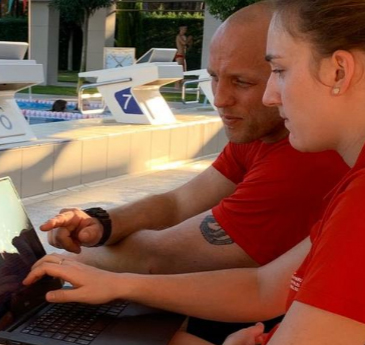
The aim of this project is to investigate the application of advanced data analytics to training load data to help improve the overall performance in international swimmers. Adequate training loads promote favourable physical and physiological adaptations, reduce the likelihood of illness and injury, and, therefore, increase the possibility of success. Collecting internal and external training loads has become a critical issue in elite sport practice and research. In this regard, monitoring athletes’ global training load is essential for determining whether the athlete is positively adapting to their training programme. Currently, training and competition data is gathered routinely using an array of cameras and on-body sensors to give performance staff an insight into the overall performance process. However, these data streams are analysed and reported in isolation, thus limiting their potential value and holistic insight.
This project will be embedded in a high-performance sport environment and will apply specific data analytics to current data streams to retrospectively establish their efficacy in performance prediction. The project also builds on previous work which established the importance of the start to overall swim performance across a range of different strokes and distances using a large historical database of high-performance data from 12,950 competitive international races from 2010-2019.
